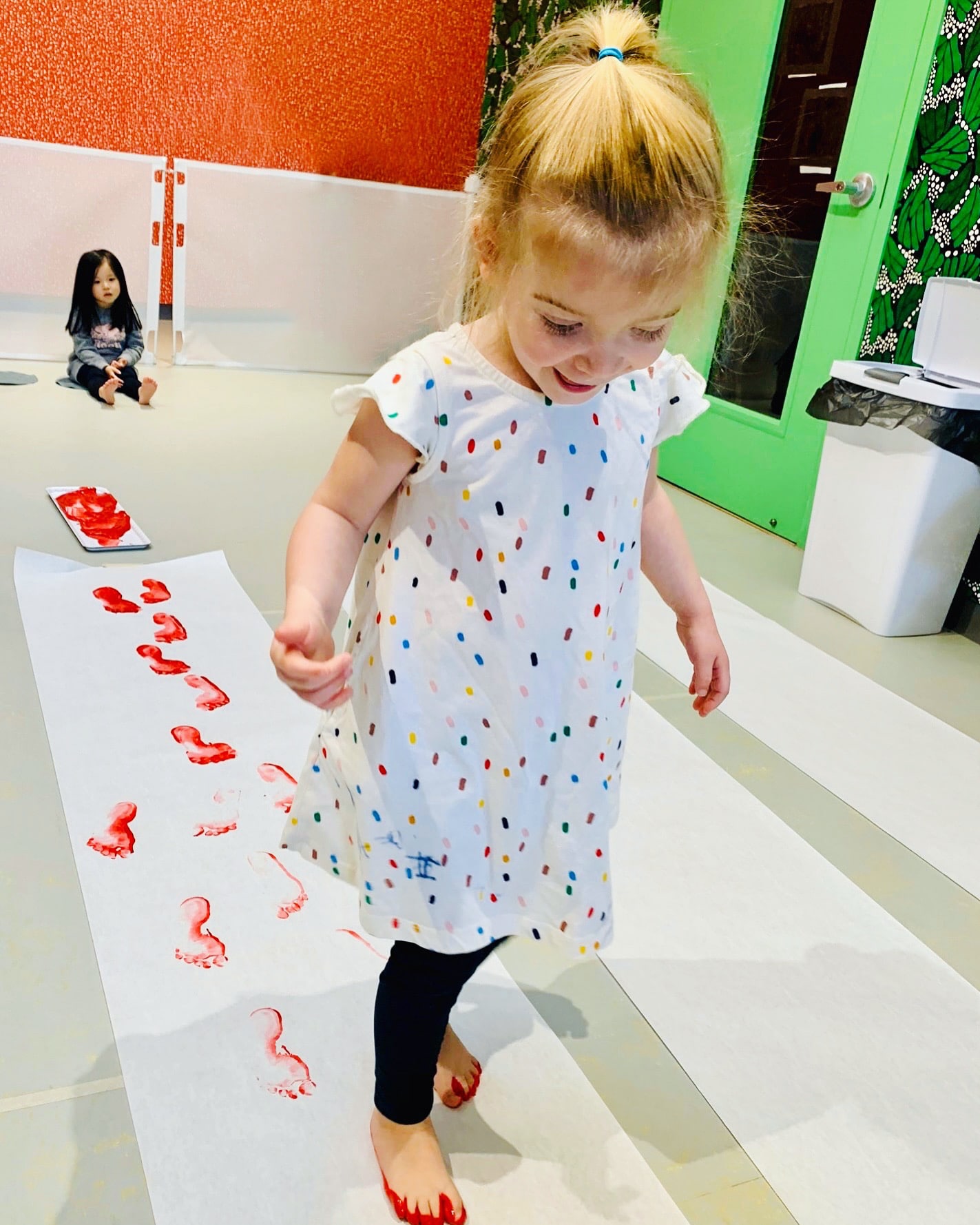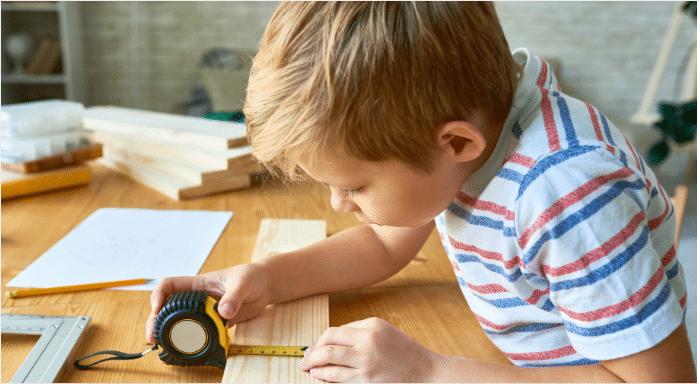When Malaguzzi writes about The Hundred Languages of Children, (sure.) he is addressing the multitude of ways we as humans have adapted to our communities — how we express ourselves, listen to others, and connect with one another. Although children are in the process of acquiring spoken language skills, they still discover, invent, and dream of ideas to explore and express.
At a time when 3-4 year-olds experience developmental milestones of increasing independence, social empathy, and choice-making, they have worlds to discover and invent and are brimming with wonder and possibility.. In his 1993 seminar, Professor Malaguzzi gives a closing statement, “Instead of always giving children protection, we need to give them the recognition of their rights and of their strengths.” Recognition of their rights empowers the heart of The Hundred Languages. It fuels the Reggio Emilia principles and firmly asserts the child’s dignity with the guiding intention of teachers and parents. We have an opportunity to support a child’s language acquisition (speaking, reading, writing) while preserving their innate curiosity to explore so many other forms of communication. This preservation is particularly important to 3-4 year-olds experiencing a newly developed ability for imaginative play — elegantly balancing science with imagination, reality with fantasy. The cognitive intersection of reason and dream is crucial to a child’s development, for this is also a state of consciousness actively practiced by innovative artists, scientists, city planners, and educators. It is how we forge new connections to discover creative solutions — always building, thinking, and marveling at the world around us.
As fully grown adults, we practice interweaving all of our languages every day — the ones we have spent decades acquiring and inventing. Children (those incredible humans who have been on the planet for a mere 3 or 4 years) also dive into countless languages with wild abandon — dance, visual art, music, displays of friendship, a pouting lip, or furrowed brow. These are communication tools at their fingertips paralleled with their journey to acquire speaking, writing, and reading skills. Loris Malaguzzi’s Reggio Emilia approach honors this strength, demanding that we provide space, time, and opportunity for children to swim around in these languages and express themselves — that there is not just one way to learn, listen, or communicate. There are a hundred.

“Creativity means being able to explore
our whole body and realize that to make art,
we can use our elbows, fingers, nose, and even feet!”
Photo Credit: Talia Salom
The Hundred Languages of Children
Loris Malaguzzi (translated by Lella Gandini)
No way.
The hundred is there.
The child is made of one hundred.
The child has a hundred languages
a hundred hands
a hundred thoughts
a hundred ways of thinking
of playing, of speaking.
a hundred, always a hundred
ways of listening,
of marveling,
of loving
a hundred joys for singing and understanding
a hundred worlds to discover
a hundred worlds to invent
a hundred worlds to dream.
The child has a hundred languages
(and a hundred hundred hundred more)
but they steal ninety-nine.
The school and the culture
separate the head from the body.
They tell the child to think without hands
to do without head
to listen and not to speak
to understand without joy
to love and to marvel
only at Easter and Christmas.
They tell the child
to discover the world already there
and of the hundred
they steal ninety-nine.
They tell the child
that work and play
reality and fantasy
science and imagination
sky and earth
reason and dream
are things that do not belong together.
And thus they tell the child
that the hundred is not there.
The child says “No way – The hundred is there.”


